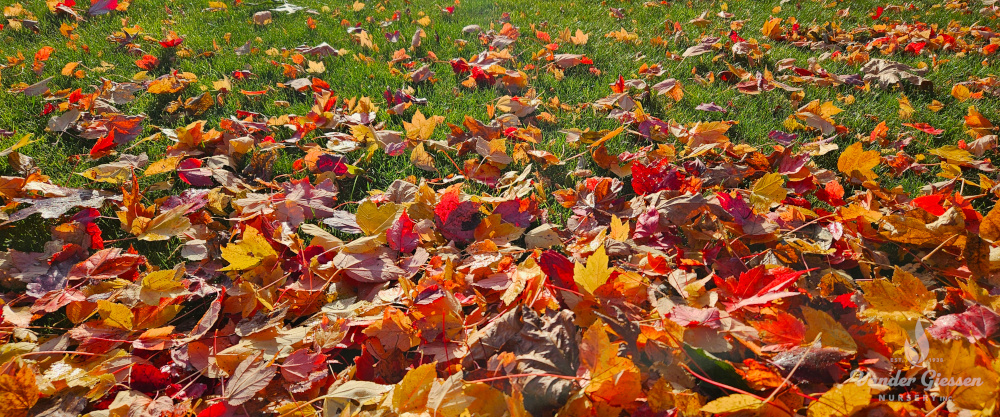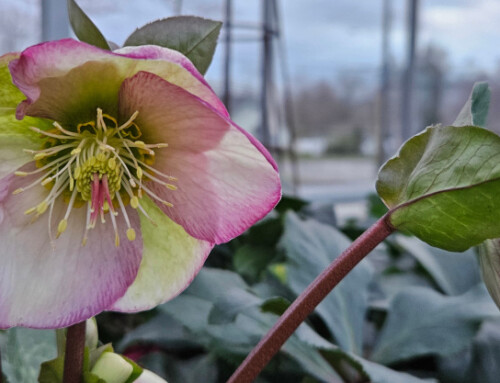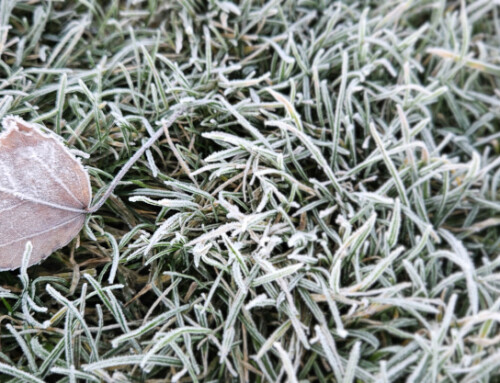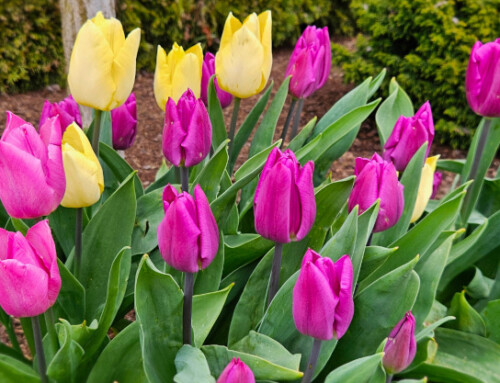As the last of autumn’s beauty succumbs to the effects of time and weather, we’re reminded that once again, the seasons are changing. With short, dark November days upon us, it’s time to wrap up the work around the yard and put your garden beds to sleep for the winter. In the short hours of daylight we have to work with this time of year, here are a few things to accomplish around the yard in preparation for a new season.
Although we haven’t yet had our first frost of the season, make no mistake: winter is coming, and it’s anybody’s guess what kind of weather we’ll have. Although last winter was for the most part relatively mild, that one week of bitter cold weather in early January damaged and killed a lot of plants in yards around northern Whatcom County—even those which are normally very hardy.
To start winter preparations for protecting your plants, dig up and store any tender summer-blooming bulbs and tubers like dahlias. Now, you may have a protected, well-drained garden that allows you to overwinter dahlia tubers in the ground without any ill effects. Or, maybe you’ve struggled with overwintering dahlias properly in storage and prefer to just take the risk by leaving them in the ground.
Whatever the reason, if you choose to leave your tubers in the ground, I recommend mulching them with a heavy layer of grass clippings, mulched leaves, or some other organic matter to insulate the ground from hard freezes. In the spring, remove the mulch prior to the plants sprouting and compost or spread the mulch around your garden to enrich your soil.
Next, make preparations for protecting your roses this winter. Although it’s rare that we have a hard enough freeze to kill roses, last winter’s January cold snap killed more rose bushes than I’ve ever heard of around here, so I recommend applying a heavy layer of bark mulch or compost around the base of your roses prior to a deep freeze, particularly paying attention to cover and protect the graft at the base of the plant where the main branches sprout. Because most garden roses are grafted, it’s essential to insulate that portion of the plant for the best winter protection.
Additionally, protect your roses from the damaging winds of winter by cutting the plants back, which helps reduce the movement of branches blowing in the wind, potentially cracking or breaking canes. Don’t cut your plants back too hard at this time—I usually leave my plants at least a foot and a half tall—but giving them a good haircut will greatly help them withstand the effects of a blustery windstorm.
Third, find a dry and preferably sunny day (challenging as that may be!) to spray your broadleaf evergreens and any tender plants with a protecting coating of Bonide Wilt Stop spray, available at Vander Giessen’s. Last winter’s freeze proved once again that at least in northern Whatcom County, our worst winter damage is caused not so much by the cold itself as the freeze-drying effect of the northeast winds.
To protect plants like rhododendrons, azaleas, pieris and other broadleaf evergreen shrubs and perennials from drying winter winds, I’ve had great success with using an anti-desiccant like Wilt Stop, which is made from pine resin and forms a protective waxy coating that seals moisture into plant leaves and buds through winter. If you have plants that always seem to spend half the spring recovering from winter damage or never bloom like they should thanks to a winter freeze, try spraying them with Wilt Stop before winter sets in—you’ll thank yourself next spring when your plants look lush and healthy!
Finally, as the last piles of leaves settle for the season, be sure to rake off your lawn in preparation for winter. Although leaf piles in flowerbeds don’t pose any major risk to your plants other than potentially harboring garden pests like insects or slugs, leaves left piled on your grass spell certain die-out of your lawn over winter, so be sure to clean up fallen leaves before they turn into a wet, grass-smothering mat. And if you haven’t yet applied your fall and winter lawn fertilizer, it’s not too late to do so—I usually time my last application for mid- to late November, which helps build strong roots over the winter months, ensuring a better recovery in spring.
With the fading days of late autumn, we find ourselves turning inside to warmth and light, and the rhythm of the season changes once again. As you put your garden to bed for a winter’s rest, may you find joy reflecting on the beauty that the garden produced and gratitude for the gift of another year working the soil.








Leave A Comment